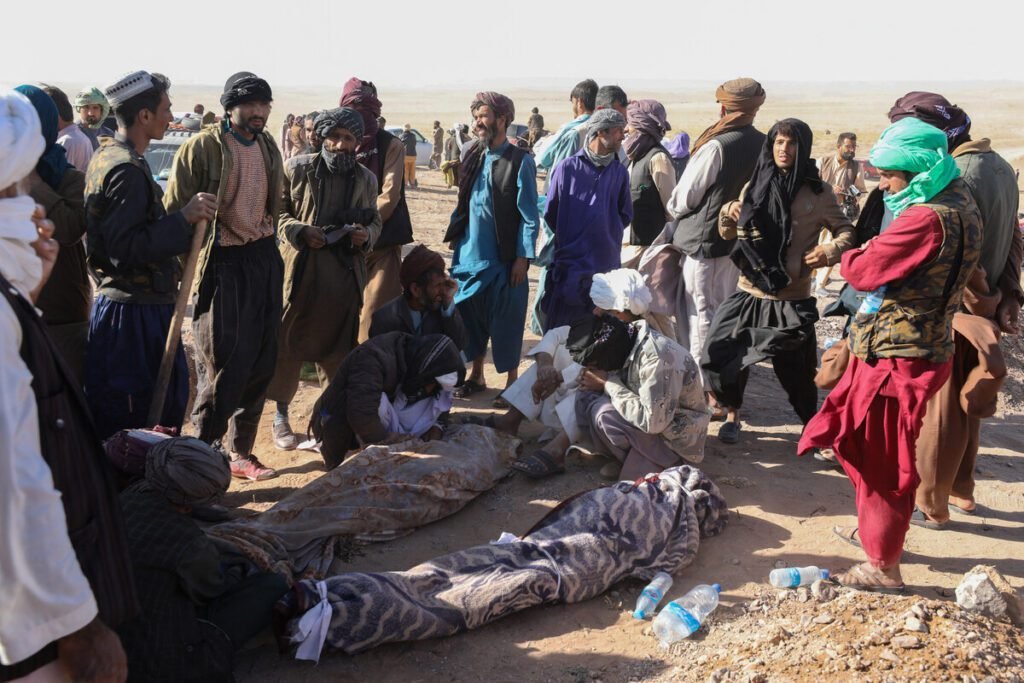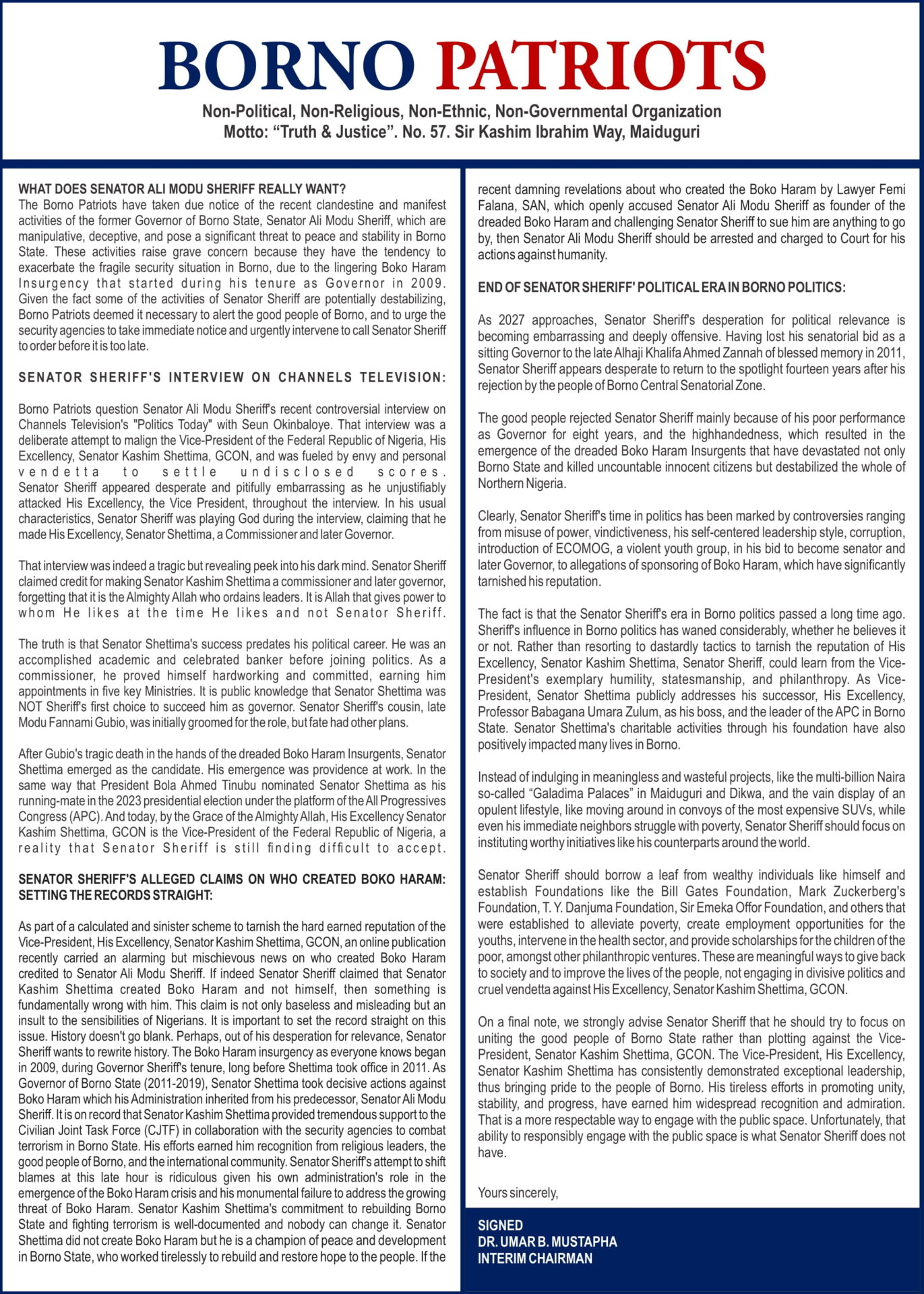THE death toll from a series of earthquakes in western Afghanistan rose sharply on Sunday to more than 2,000, the Taliban government said, as bodies continued to be pulled from demolished villages and buried in mass graves.
More than 1,300 homes were toppled when Saturday’s magnitude 6.3 quake — followed by eight strong aftershocks — jolted hard-to-reach areas 30 kilometres (19 miles) northwest of the provincial capital of Herat, according to officials.
In the rural Zinda Jan district, village households were reduced to jumbles of broken masonry, where makeshift rescue teams continued to dig trenches on Sunday.
Aid gradually trickled into the disaster zone including food, water, tents and coffins for the dead who were pulled from the rubble by excavators and men with pickaxes and shovels.
Some of the bodies were shrouded in fleece blankets, as workers used those same tools to excavate their communal graves in the gravelly brown earth.
“Everyone is busy searching for the bodies everywhere, we don’t know if there are others as well under the debris,” said 32-year-old volunteer rescue worker Khalid, who goes by one name.
“These people got destroyed,” he said.
Disaster management ministry spokesman Mullah Janan Sayeq said the nation “witnessed an unprecedented earthquake”, putting the number of dead at 2,053 across 13 villages around midday on Sunday.
“For the treatment of the victims of the incident we are doing our best,” he told reporters in Kabul. “On-site search operations in the affected area are ongoing.”
He also gave a figure of more than 9,000 injured but later retracted that, saying it referred to the number of residents in the affected area.
Amir Hussain, 33, toiled through the night as hopes faded and the rescue effort turned into a recovery operation in Kashkak village of Zinda Jan district.
“We took out several dead bodies, three of them were little children, and one of them was split apart,” he said. “They had just came from their school. One of them was killed in the street and two others in their home.”
In nearby Sarboland village, an AFP reporter saw houses ruined near the epicentre of the quakes, which shook the area for more than five hours.
Gutted homes showed personal belongings flapping in the harsh wind, as women and children lingered out in the open.
“In the very first shake all the houses collapsed,” said 42-year-old Bashir Ahmad.







